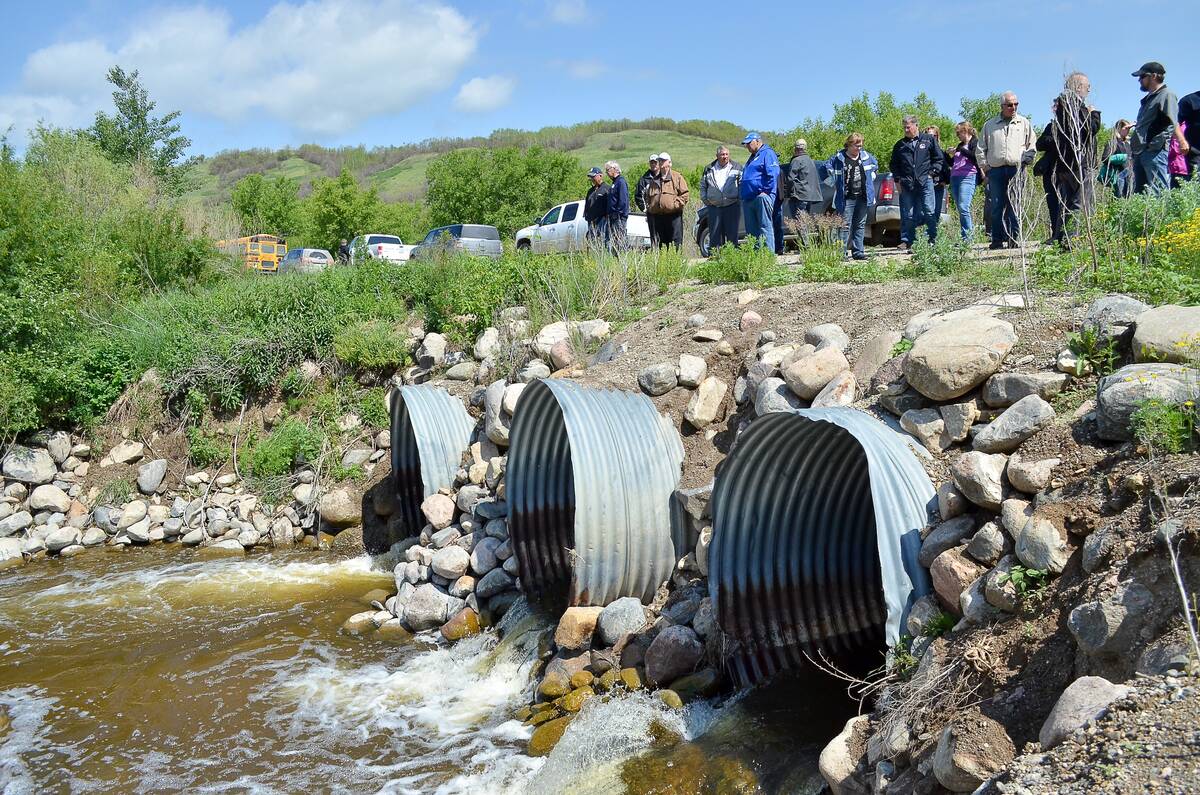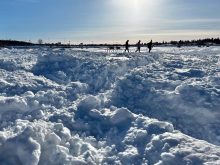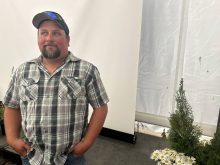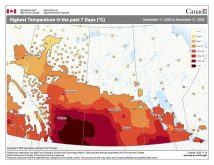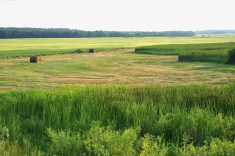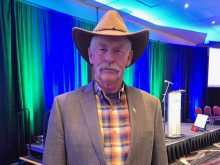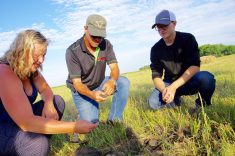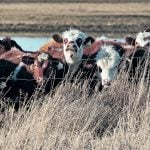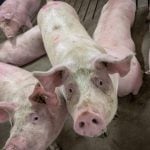A producer-led group in Manitoba has won a national award for its contributions to water management.
Water Canada has selected the Manitoba Forage and Grassland Association (MFGA) as the winner of its Early Adopter/Innovation Partnership Award for its Aquanty hydrological modelling project, MFGA’s executive director Duncan Morrison said.
The MFGA was named as one of three finalists in July.
Read Also
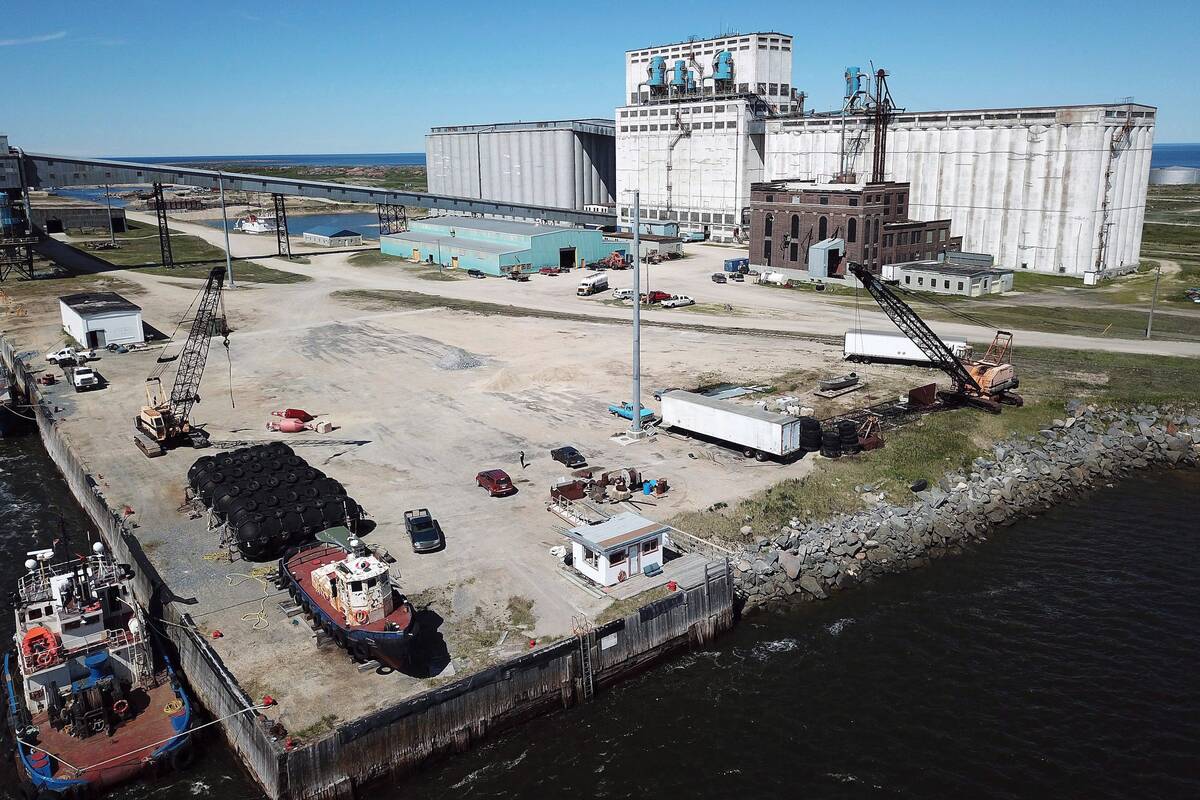
New Crown-Indigenous partnership to spearhead Churchill expansion
Province announces new Manitoba Crown-Indigenous Corporation to co-ordinate Port of Churchill Plus revamp, bolster northern development and trade
“They announced us as finalists, and then the waiting began,” Morrison said. “It’s a pretty significant win for us.”
WHY IT MATTERS: It’s not often a farm-facing organization, in this case the Manitoba Forage and Grassland Association, receives this sort of national-level recognition for work in the water management sector.
Water Canada chose award recipients based on their collaborations with municipalities, corporations or institutions and technology companies that demonstrate shared dedication to progressing Canada’s water sector. Aquanty, the MFGA’s partner in the project, submitted the nomination.
The winning partnership was revealed during the Water Canada Awards ceremony Oct. 16 in Toronto.
“We’re extremely proud of Aquanty, and of being a little group that took on a really big task,” Morrison said.
He noted MFGA’s leadership was certain from the start the organization was up to the challenge.
“We had the support of our board, and we went and did it,” Morrison said.
Hydrological modelling project updated
The organization has continued to advance the technology since its initial adoption, and winning the award is proof MFGA is on the right path, Morrison said. Meanwhile, Aquanty is continuing to update its models and scenarios.
“We continue to work with watershed districts and First Nations and agriculture groups to get us the best profile we possibly can with this thing,” Morrison said.
The Aquanty project has gone through several phases, from an initial model tapped for local water management planning to a more recent flood forecasting tool. The project assists farmers and communities throughout the Assiniboine River Basin in preparing for extreme weather patterns. The model uses a technology called HydroGeoSphere to simulate the water cycle and anticipate how water would behave in a virtual replica of the basin, given changing factors such as weather data.
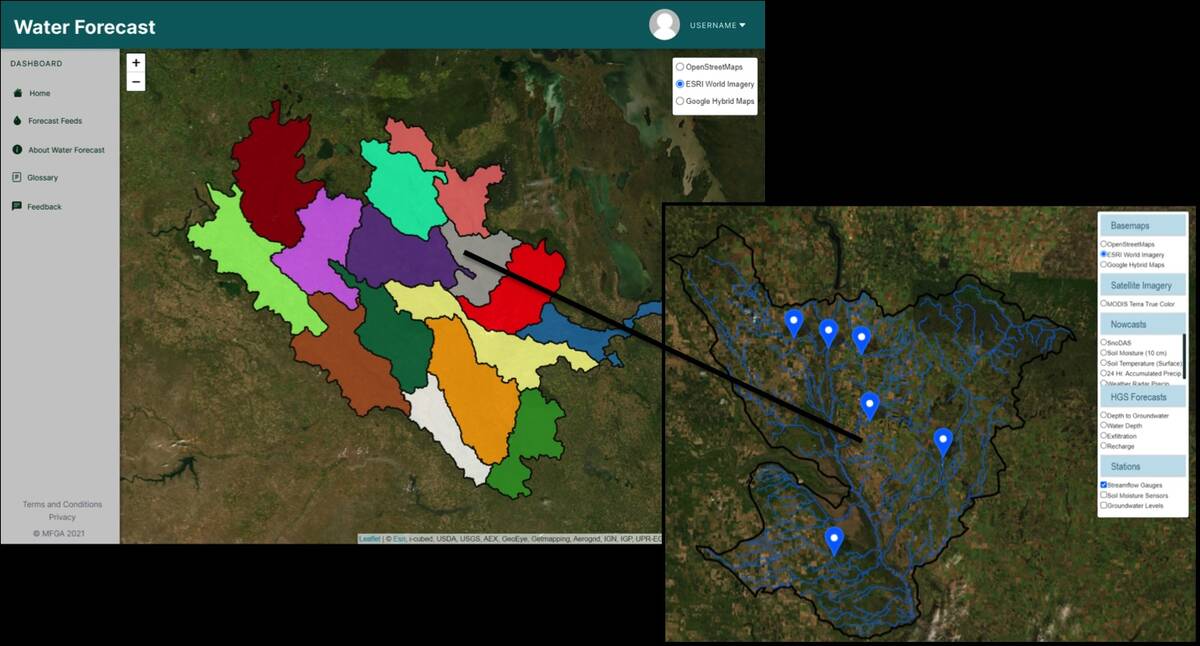
Building on success
MFGA’s innovation continues to attract recognition and investment. The organization recently received support through the federal Climate Action Fund for a new project which will aim to evaluate climate change effects on Manitoba’s forage and grassland landscapes.
Announced by Environment and Climate Change Minister Mike Moyes on Earth Day 2025, the project received $130,000 in funding as part of a $2-million provincial investment in climate initiatives. Through this one-year project, MFGA and Aquanty will again engage their hydrological model in the Pembina Valley and Assiniboine West Watershed Districts to explore how a shifting climate could affect Manitoba’s forage and grasslands. Using future climate scenarios for 2050 and 2100, they will develop detailed risk maps and share them with farmers, watershed groups and policymakers to help strengthen long-term resiliency.
Bringing the farm perspective
A farm organization being recognized in the water sector is significant, Morrison believes.
“Rarely is a farm group nominated around water, and that is something that we did,” he said. “We were able to get into downtown Toronto to speak to Canada’s water movers.”
The MFGA was able to share the work their farmers are doing and the perspective that water is essentially important to agriculture.
“We made sure that we gave them confidence that farmers are doing great work. And it’s groups like MFGA and some of our partners that continue to promote this great work,” Morrison said.


